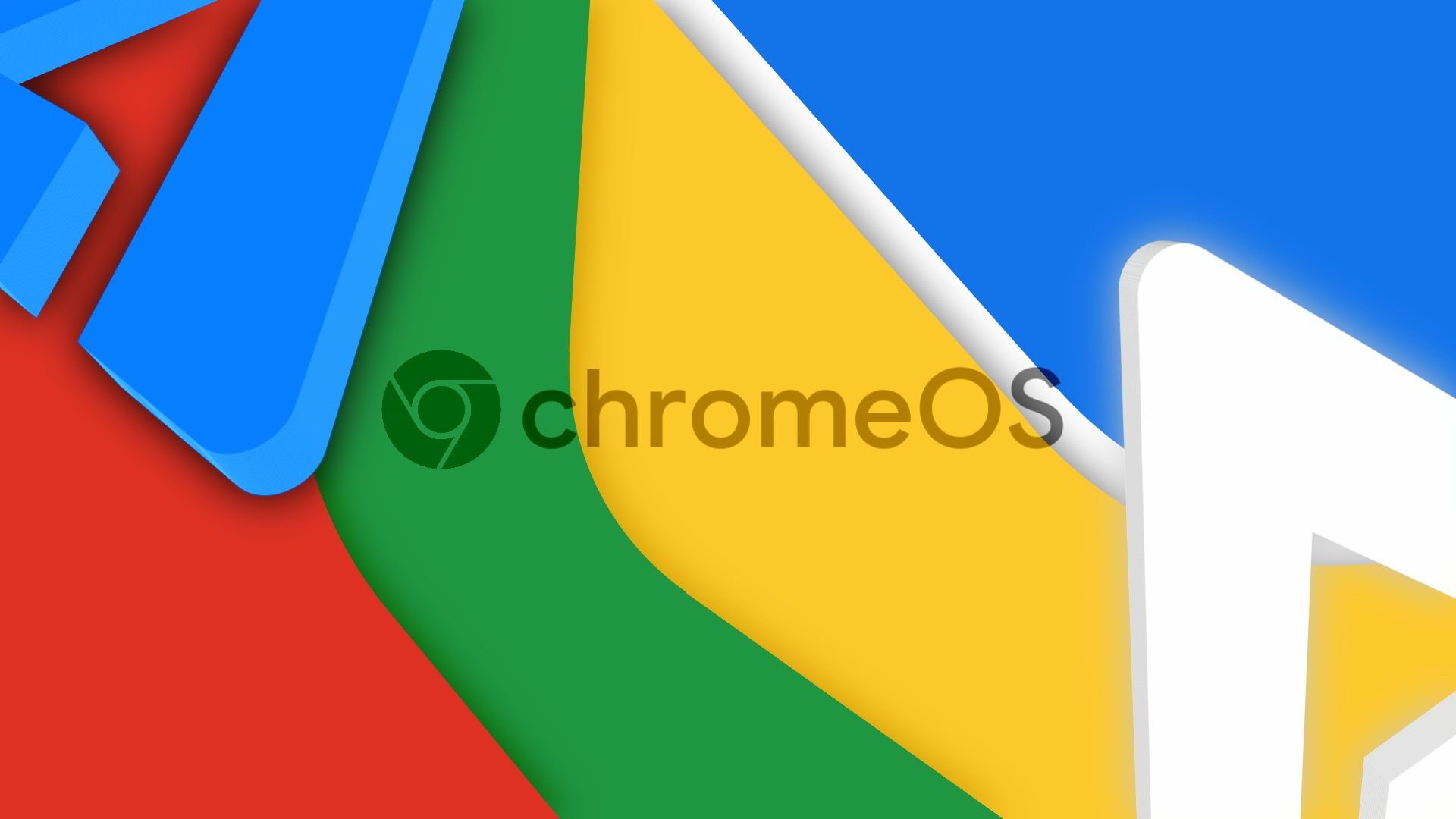Key Takeaways
- Google says it won’t ship or maintain the Ferrochrome app, which was supposed to make it easy to run Chrome OS on Android.
- Ferrochrome was shown off as a demo on the Pixel 8, and Google never promised to offer it to end users.
- The app was built on the Android Virtualization Framework, which Google hasn’t abandoned and can still be used to run Chrome OS on Android.
Android phones have the bells and whistles to handle tasks you’d normally do on a PC, but the Android OS has its limits. Google hinted that this might change with the “Ferrochrome” project, which would allow Android devices to run ChromeOS. Earlier this year, the company demoed this on a Pixel 8, noting that it was made possible due to Android 15’s improved virtualization capabilities. However, the project may never see the light of day, as Google has reportedly stopped further development.
Android expert Mishaal Rahman, writing for Android Authority, revealed that the Ferrochrome app, which aimed to make running ChromeOS on Android as simple as a single click, has been scrapped. Rahman spotted this in a recent code change submitted to the AOSP Gerrit.
While the change hasn’t been merged yet, it removes the entire Ferrochrome launcher app from AOSP. Google’s reason for pulling the app is that it no longer plans to release or maintain it. Instead, the company seems to be shifting its focus to using the Linux-based Debian distro as the testbed for AVF development rather than ChromeOS.
Source: ferrochrome
Google began working on the Ferrochrome app in June, even though it was initially described as just a demo, which gave us hope that the company might actually release it. The app was said to be capable of automatically downloading, configuring, and launching an ARM64 build of Chromium OS through the virtual machine launcher app.
Running ChromeOS on Android is still possible
Google may have canceled Ferrochrome, but it hasn’t abandoned the Android Virtualization Framework (AVF), which the feature was built on. AVF has been around since Android 13, but Android 15 introduced support for running graphical operating systems with GPU acceleration. So, while it’s still technically possible to run ChromeOS in a virtual machine, thanks to Android’s underlying virtualization improvements, you’ll have to do a lot of manual setup to make it work.

